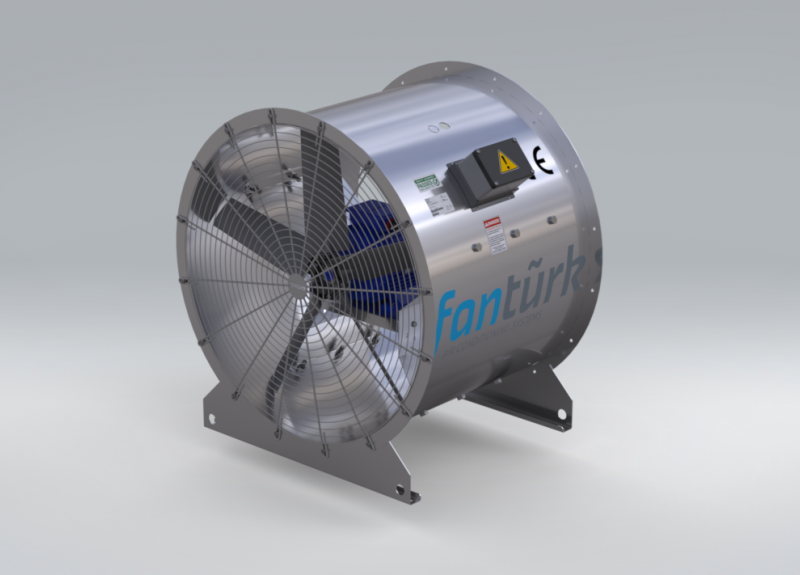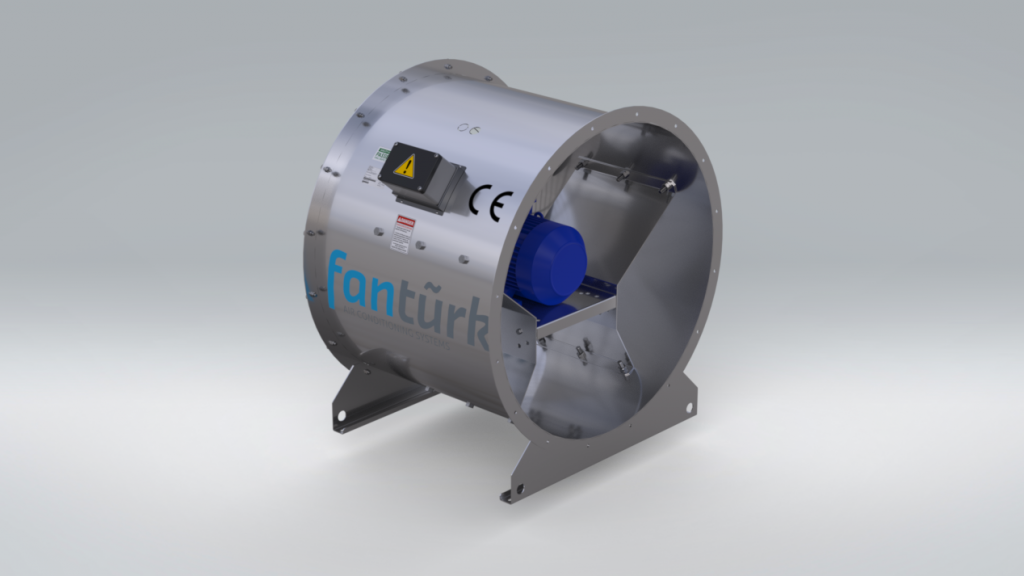
Kitchen Exhaust Systems: A Guide to Proper Ventilation
Kitchen exhaust systems are essential for maintaining a clean and healthy indoor environment in commercial kitchens. These systems help to remove smoke, grease, and other harmful pollutants from the air, ensuring the safety and comfort of kitchen staff and patrons.
In this article, we will explore the different components of kitchen exhaust systems, the benefits of proper ventilation, and the factors to consider when selecting and maintaining kitchen exhaust systems.
Components of Kitchen Exhaust Systems
Hood: The hood is the primary component of a kitchen exhaust system. It is typically located above cooking equipment and is responsible for capturing and containing smoke, grease, and other pollutants.
Ductwork: The ductwork is responsible for transporting the captured pollutants to the exhaust fan, which is typically located on the roof of the building.
Exhaust Fan: The exhaust fan is responsible for removing the captured pollutants from the building and expelling them outside.

Benefits of Proper Ventilation
Proper ventilation in commercial kitchens is essential for ensuring the safety and comfort of kitchen staff and patrons. Some key benefits of proper ventilation include:
Improved Air Quality: Proper ventilation can help remove harmful pollutants from the air, improving indoor air quality and reducing the risk of respiratory problems.
Reduced Fire Risk: Proper ventilation can help reduce the risk of fire by removing grease and other flammable materials from the air.
Comfortable Indoor Environment: Proper ventilation can help maintain a comfortable indoor environment for kitchen staff and patrons, reducing the risk of heat exhaustion and other related health issues.
Hood Size: The size of the hood should be appropriate for the cooking equipment and the amount of cooking that is done in the kitchen. An improperly sized hood can result in poor ventilation and increased risk of fire.
Airflow Requirements: The airflow requirements of the kitchen exhaust system should be appropriate for the size and layout of the kitchen. Improper airflow can result in poor ventilation and increased risk of fire.
Energy Efficiency: Energy efficiency is an important factor to consider when selecting kitchen exhaust systems. Energy-efficient systems can help reduce energy costs and environmental impact.
Maintenance Requirements: The maintenance requirements of the kitchen exhaust system should be considered when selecting and installing the system. Regular maintenance is necessary to ensure the longevity and optimal performance of the system.
Maintaining Kitchen Exhaust Systems
Proper maintenance is essential for ensuring the longevity and optimal performance of kitchen exhaust systems. Regular maintenance can help prevent breakdowns and costly repairs, and can also improve the energy efficiency and air quality of the system.
Some key maintenance tasks for kitchen exhaust systems include:
Regular cleaning of hoods and ductwork: Hoods and ductwork should be cleaned regularly to prevent the buildup of grease and other pollutants, which can impact air quality and system performance.
Inspection of components: Components such as the hood, ductwork, and exhaust fan should be inspected regularly to ensure proper functioning and prevent breakdowns.
Regular tune-ups: Regular tune-ups can help identify and address potential issues before they become larger problems.
Kitchen exhaust systems are essential for maintaining a clean and healthy indoor environment in commercial kitchens. By selecting and maintaining exhaust systems that are appropriately sized, energy-efficient, and properly maintained, building owners and occupants can enjoy optimal air quality and energy efficiency while minimizing environmental impact and energy costs.
When selecting exhaust systems, it is important to consider factors such as hood size, airflow requirements, energy efficiency, and maintenance requirements. Regular maintenance tasks such as hood and ductwork cleaning, component inspection, and tune-ups are essential for ensuring optimal system performance and longevity.
By prioritizing the selection and maintenance of exhaust systems, building owners and occupants can enjoy a safe and comfortable indoor environment in commercial kitchens. Proper ventilation can help remove harmful pollutants from the air, reducing the risk of respiratory problems and fire. It can also help maintain a comfortable indoor environment for kitchen staff and patrons, reducing the risk of heat exhaustion and related health issues.
Overall, exhaust systems are an essential component of any commercial kitchen. By understanding the different components of these systems, the benefits of proper ventilation, and the factors to consider when selecting and maintaining exhaust systems, building owners and occupants can enjoy a safe, healthy, and comfortable indoor environment.
